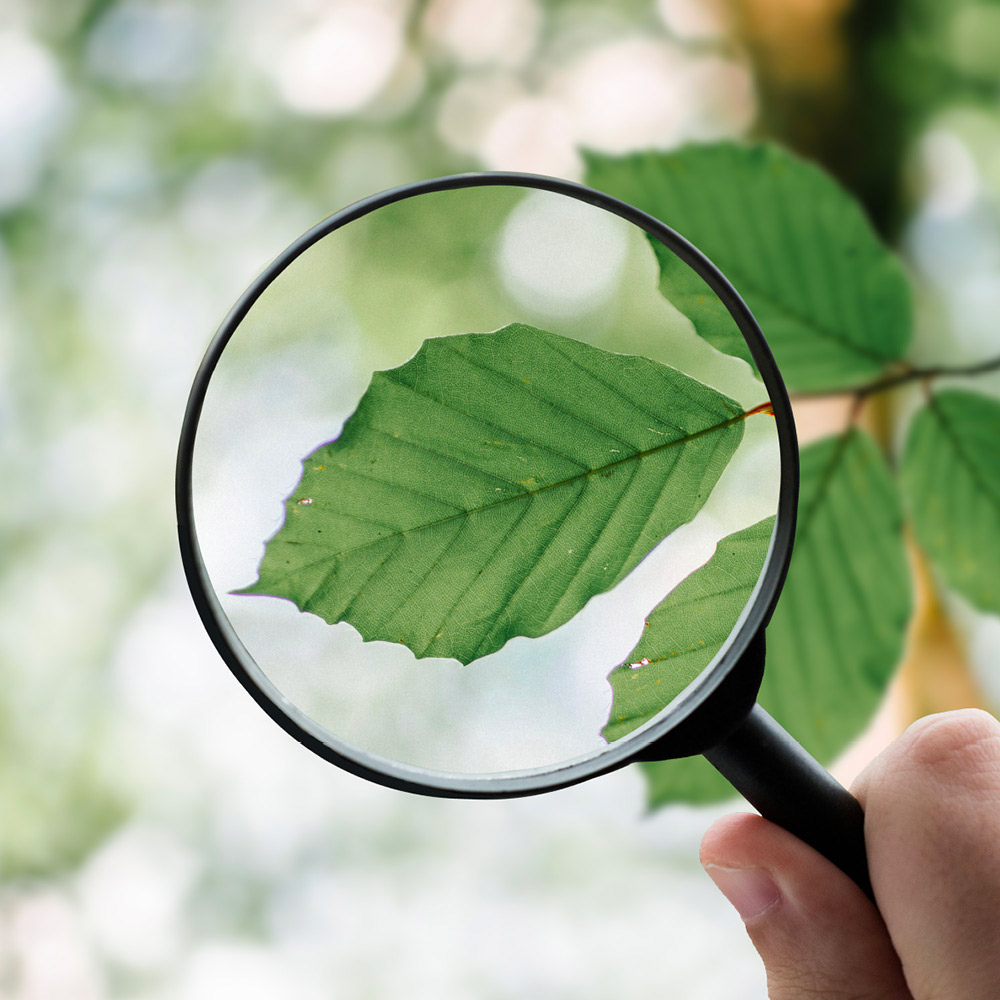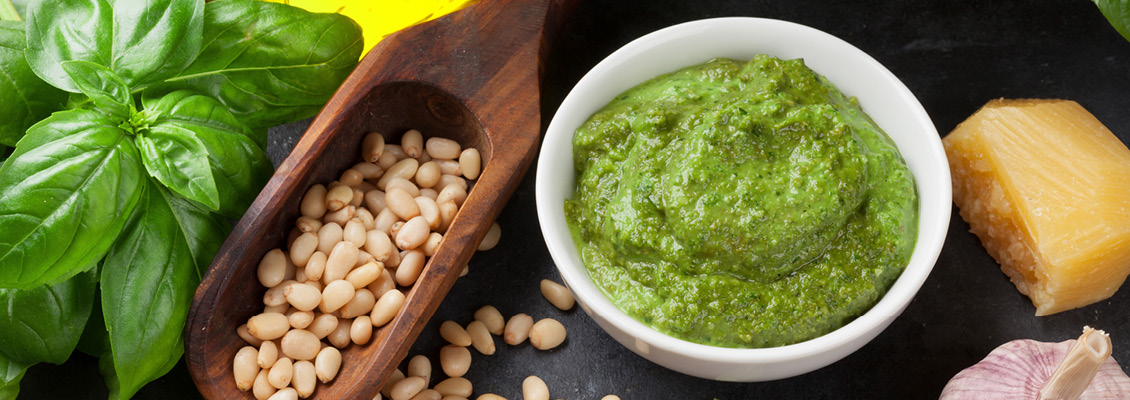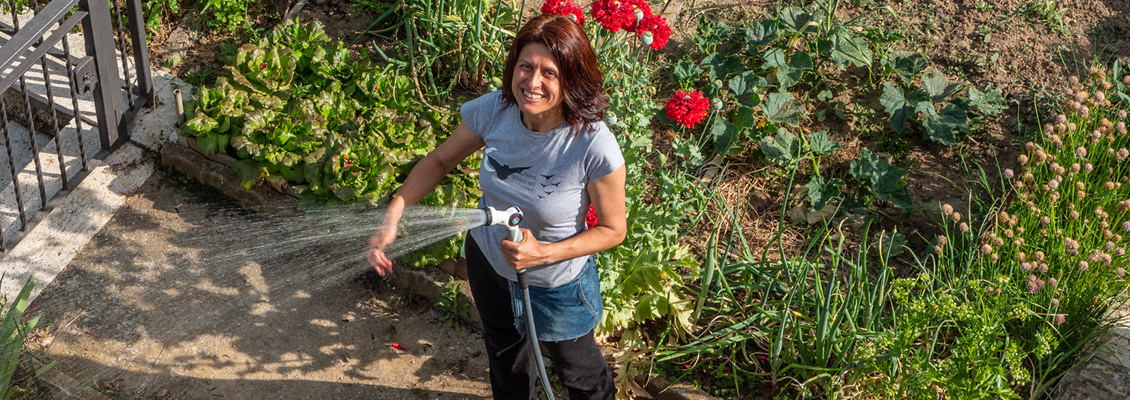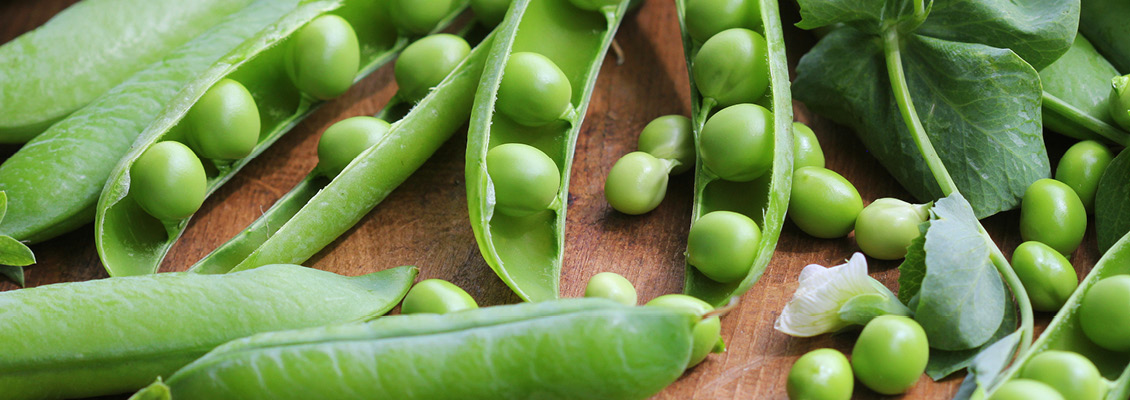
Each season has its own vegetables: peas in spring
Peas (Pisum sativum) are legumes of ancient origin, with evidence of their existence in Asia Minor dating back to 2000 BC.
The best times to eat them fresh are spring or summer, but they can be enjoyed dried all year round.
Peas have several beneficial properties that stem from the nutrients and active ingredients that they contain. They are particularly light and digestible legumes and can be used in many dishes.
But how and when are they grown?
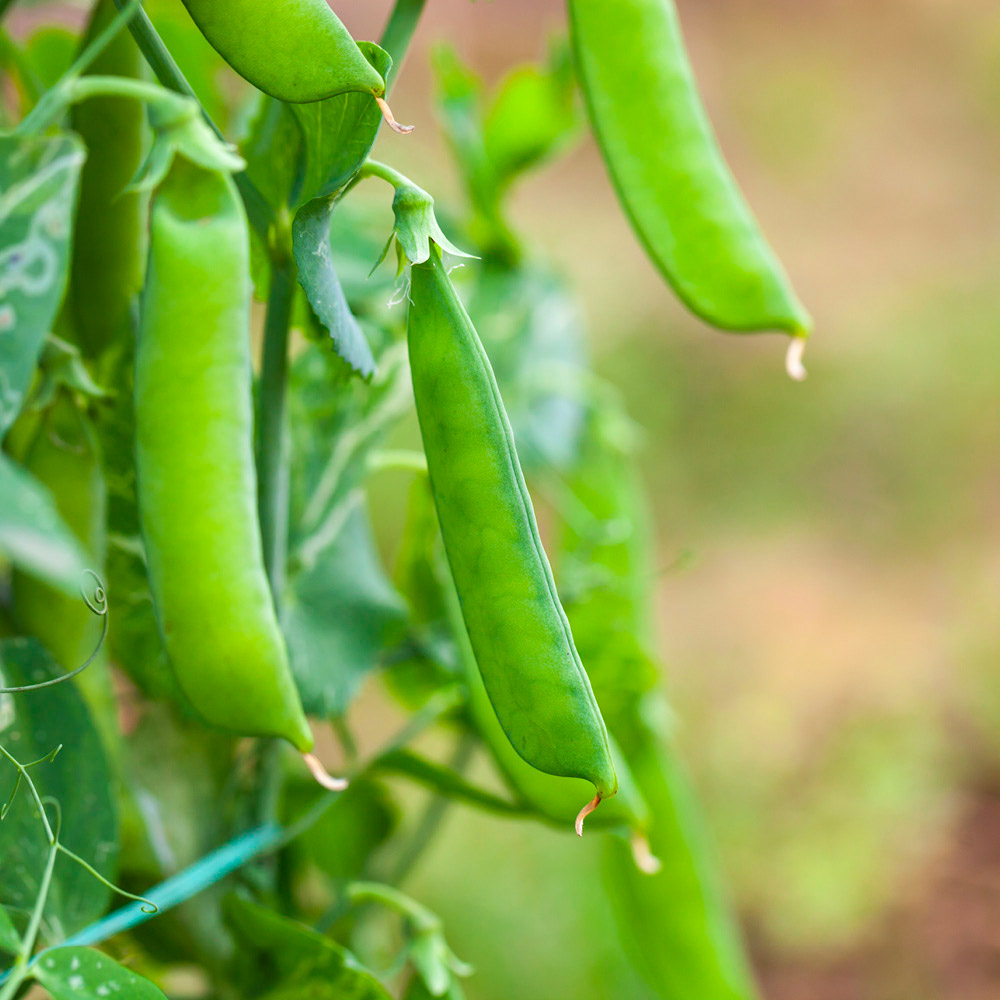
Peas
Pisum sativum
Cultivation
Peas should be sown directly in their permanent location. Tall peas need a net support, which although not necessary is however also useful for low peas.
Planting distance
Low peas: at least 30 cm between rows and at least 5 cm between plants in the same row. Tall peas: at least 1m between rows and at least 30 cm between plants in the same row.
Planting location
Sunny.
Quantity About 20 plants per person.
Sowing time
Low peas: early March to late August. Tall peas: early March to late May. The soil must have a temperature of at least 5°C. Germination takes 8 days.
Fertilisation
If the soil is fertile, fertilisation is not necessary. Manure or other organic nutrients are not used. Tall peas should be fertilised with home compost or watered regularly with a seaweed-based infusion.
Irrigation Peas need a lot of water, especially during the flowering and seed formation periods. They are watered once a week to a depth of 20-30 cm. Do not water the leaves and the flowers.
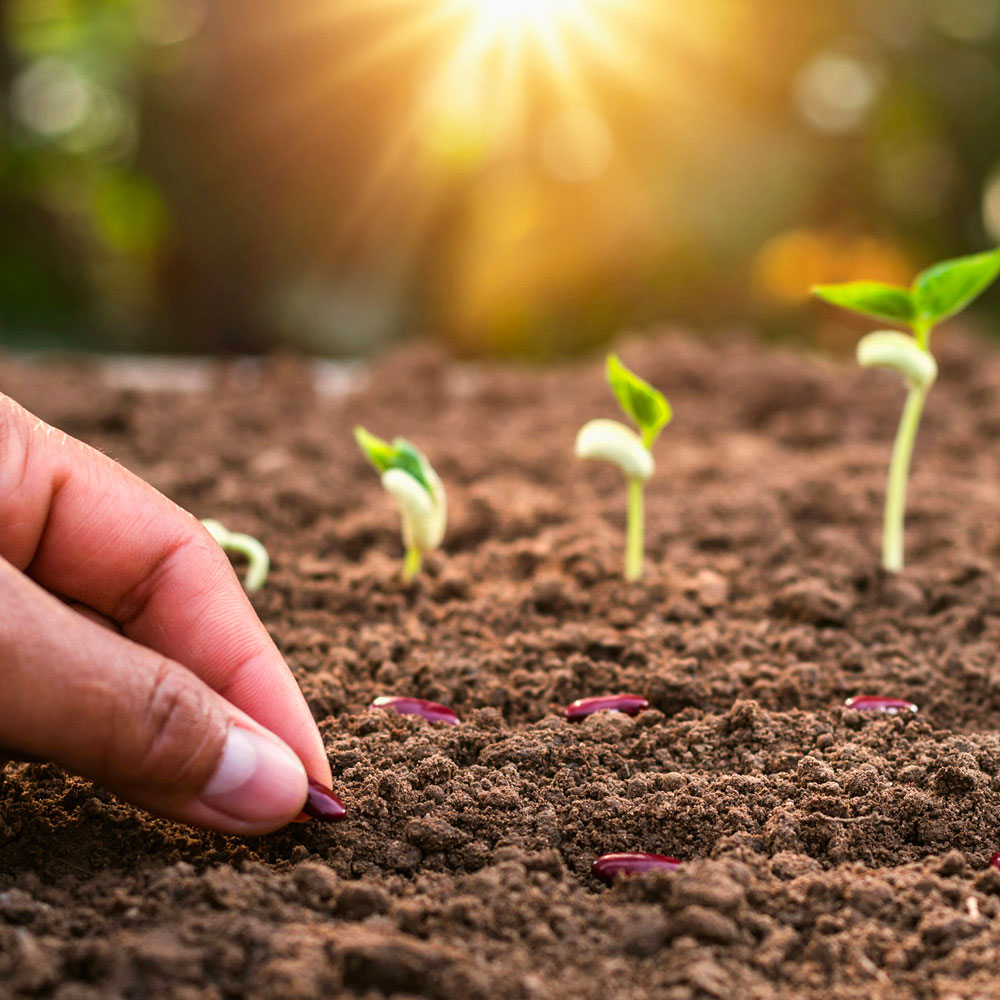
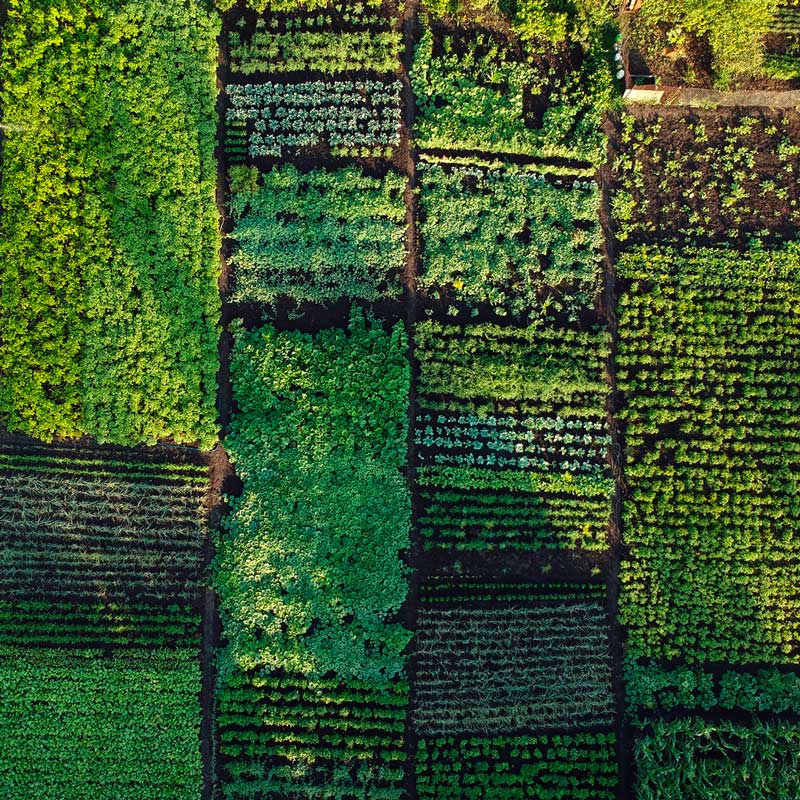
Can be planted with
chard, cruciferous vegetables, courgette, pumpkins, horseradish, endive, lettuce, aubergines, potatoes, watermelon, melon, cucumber, turnip, swede, spinach, asparagus, celery, fennel, sweetcorn, calendula
Should not be planted with
onions, leeks, garlic, chives, shallots, tomatoes, peppers, beans
Diseases and pests Pea tortrix, erysiphaceae, aphids (lice). The soil should be light, watered with seaweed infusions. Do not use nitrogen.
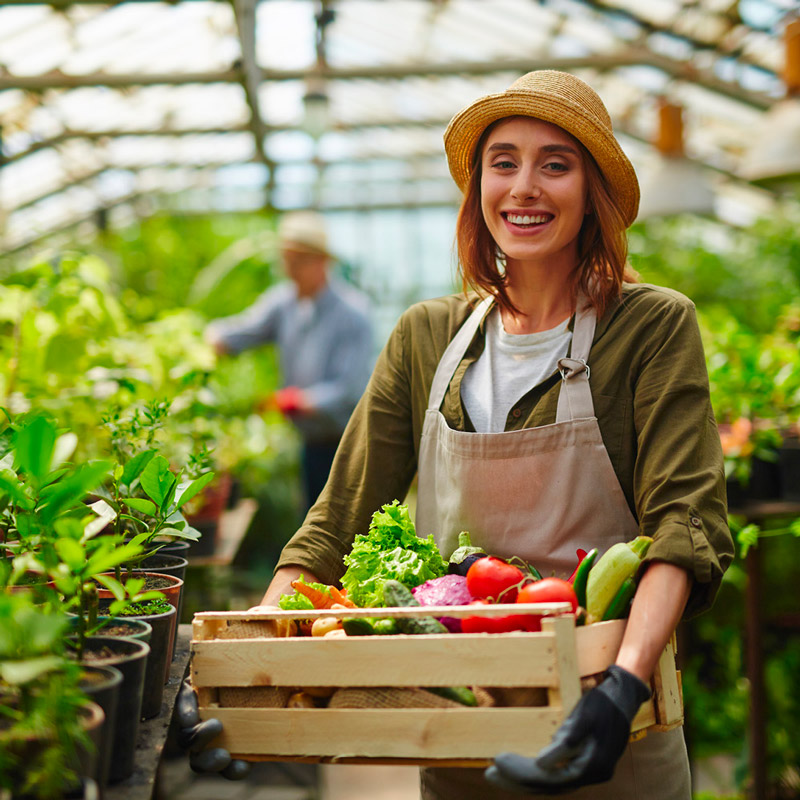
Harvesting
Pods with young peas should be harvested gradually. Before freezing, the peas should be blanched in boiling water for 2 minutes and quickly cooled in cold water.
Eating Consume young peas and pods when fresh, as they contain a lot of protein, vitamins and minerals.
Note
Peas germinate successfully even at low temperatures; by sowing them early, some pests can be avoided. In hot weather, it is better to harvest the pods when very young, as they lose their quality very quickly.
Interesting facts
If the pods are harvested gradually, the plant continues to flower. Low peas do not need their own dedicated garden bed; they can be planted with cabbage, savoy cabbage, cauliflowers and potatoes. The remains of the plants are good for the compost heap or for mulching the soil.
